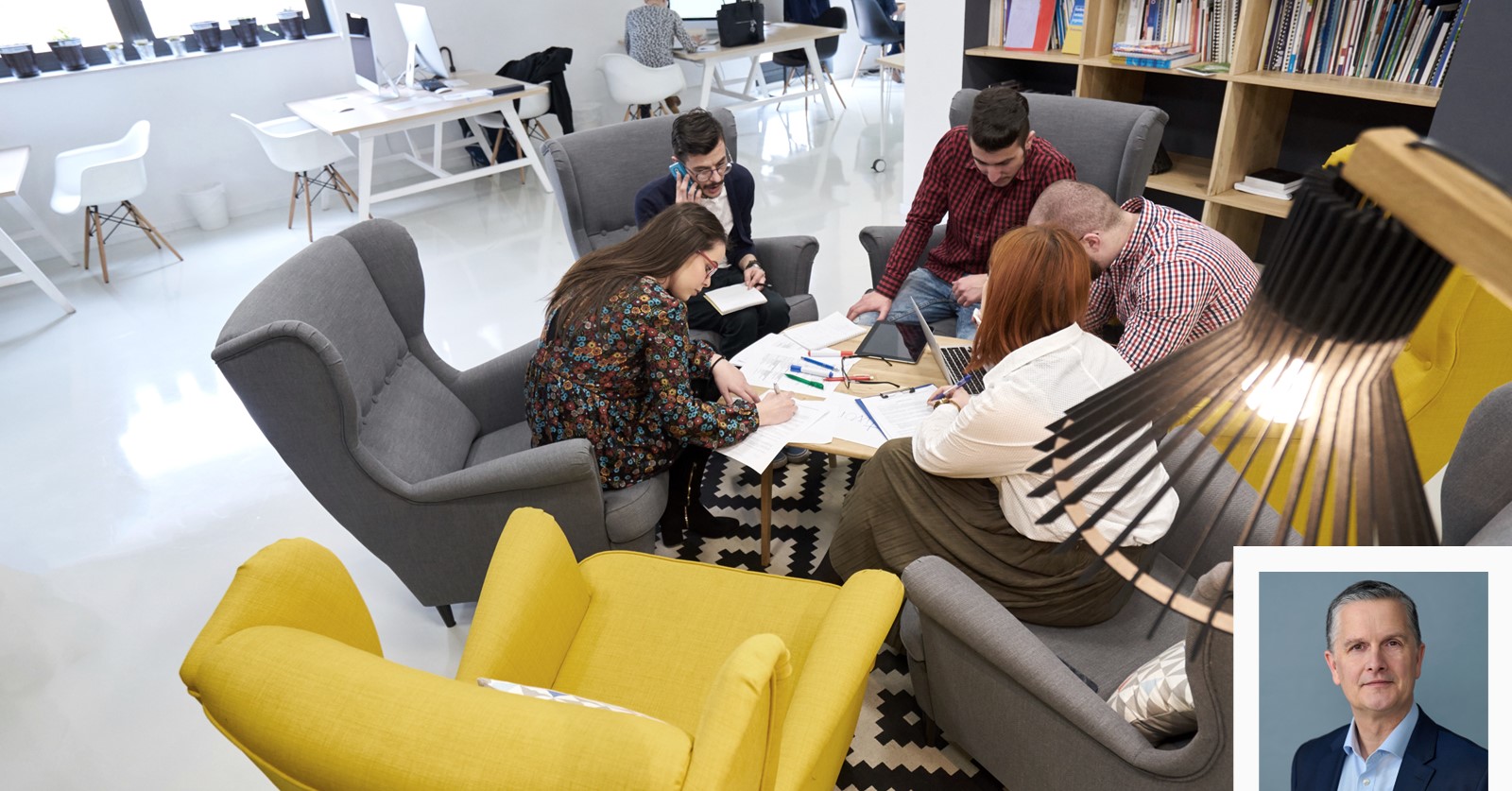In the dynamic landscape of modern business, the symbiosis between workplace solutions & design and employee productivity emerges not merely as an academic interest but as a cornerstone for organizational success. The intricacies of this relationship reveal a compelling narrative: when employees are genuinely engaged, their motivation, creativity, and dedication reach new heights, driving unparalleled productivity.
The essence of this connection, however, extends beyond simple causality. It is a nuanced interplay where engaged employees demonstrate remarkable problem-solving capabilities and innovation, significantly enhancing productivity. This engagement also contributes to lower turnover rates, a notable advantage considering the substantial costs and disruptions associated with recruiting and training replacements.
One size does not fit all
Yet, the plot thickens when we consider the variables at play. The impact of engagement on productivity is not a one-size-fits-all phenomenon. Factors such as management styles, company culture, and job design intricately influence this relationship. For instance, even the most engaged employees might face productivity hurdles if they lack essential tools or resources.
Moreover, the narrative takes an interesting turn with the realization that a productive and well-structured work environment can also foster higher levels of employee engagement. This relationship suggests a strategic approach where investments in both productivity enhancements and engagement initiatives are not just beneficial but essential.
How to quantify?
Quantifying the impact of engagement on productivity presents its challenges, given the multifaceted nature of engagement itself. Despite these hurdles, several studies offer insights into the tangible benefits of fostering an engaged workforce. For example, Gallup's Q12 Meta-Analysis report highlights a 21% increase in productivity among business units with high levels of employee engagement. Similarly, findings from the Hay Group and the Society for Human Resource Management (SHRM) underscore the productivity and financial returns of engaging employees. These studies, while insightful, also remind us of the diversity in outcomes, influenced by industry, region, and company size.
The role of office and workplace design in this equation cannot be overstated. A thoughtfully designed workspace goes beyond aesthetic appeal, directly influencing productivity, satisfaction, and collaboration. Elements such as ergonomic furniture, natural light, air quality, and noise management contribute to a physical environment where employees can thrive. The incorporation of nature, flexibility in workspace layout, and attention to aesthetic considerations further enhance employee well-being and engagement.
Workplace design affects employee satisfaction
Examining case studies and research findings, from the Harvard Business Review to Gensler's U.S. Workplace Survey, reinforces the critical impact of workspace design on employee satisfaction and productivity. These studies illuminate the multifaceted benefits of providing employees with a workspace that values their comfort, fosters creativity, and supports their work preferences.
In conclusion, the interdependence between workplace solutions and employee productivity is a compelling narrative of mutual benefit. It underscores the importance of holistic strategies that prioritize both engagement and a conducive work environment. As organizations navigate the complexities of the modern workplace, embracing this interconnectedness will be pivotal in unlocking their full potential, ensuring not just productivity but a thriving, engaged workforce.
Want to know more about the future of office?
Please contact one of our advisors:
Nordics / Norway: Christer Farstad
Sweden: Anders Hansén
Denmark: Michael Jahn
Finland: Niko Penttinen
Sources
[1] https://www.gallup.com/workplace/321725/gallup-q12-meta-analysis-report.aspx
[2] Hay Group: Engaging hearts and minds: Preparing for a changing, 2015
[3] https://www.shrm.org/hr-today/news/hr-magazine/book-blog/pages/measuring-the-roi-of-employee-engagement.aspx

